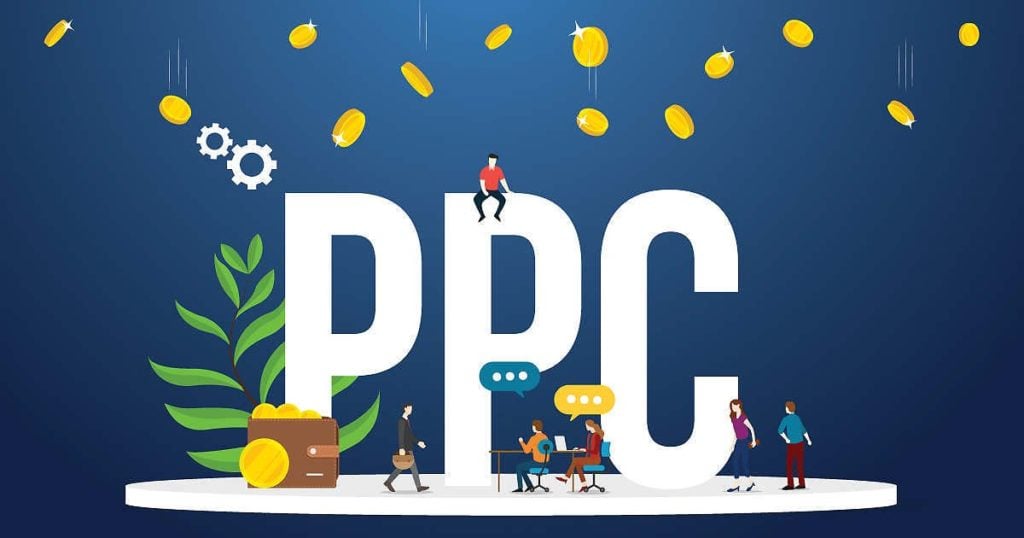Unprecedented Pay Per Click Growth
To demonstrate the titan that e-commerce has become, the global e-commerce market had $3.5 trillion in sales which is representative of 14% of the total share of global retail sales by the end of 2019, according to data from Statista. That percentage is expected to increase to $4.2 trillion and 16% of total retail sales in 2020. As online businesses grow, targeted Pay Per Click ad fraud is on the rise.
The Evolution of Pay-Per-Click Fraud: A Blight to the E-Commerce Industry
What is ad fraud? Click fraud is highly detrimental to online businesses and it’s booming. PPC fraud targets campaigns and causes them to lose valuable sales and revenue.
The motives of fraudsters vary somewhere between the joy of hacking to vengefulness to personal benefit. No matter the purpose, fraud is a new industry that’s sprung up with the growth of e-commerce. These schemes have become increasingly sophisticated and criminal gain is becoming big business.
Here are some red flags that might cause you to become a victim of Pay Per Click fraud:
- Selling in a competitive industry or having a popular product
- High cost per click
- Having a prominent online campaign
- Having vindictive competitors
A fraudster may click on your Pay Per Click campaign just to drive up your marketing budget which could be substantial if you have high-cost ads. Organized criminals have figured out ways to get paid for clicking on your ad. Some criminals have even created apps or software to collect the payout from your ads, often using bots.
What Are the Types of Pay Per Click Ad Fraud?
It’s easier to guard against ad fraud when you know more about fraudulent tactics like these:
- Domain spoofing-makes ad space appears attractive.
- Cookie stuffing-filing cookies with bad information.
- Click injection-injects fake clicks into an ad.
- Click spamming-floods analytics with low-quality clicks.
- Pixel stuffing-present a large ad in a tiny space.
- Ad stacking-stacking ads on top of one another to get multiple impressions
- Ad injection-inserting fake ads where they don’t belong.
- Geo masking-making ad appears that it comes from a different geographical area.
How to Stop Pay-Per-Click Fraud
Stop PPC fraud in its tracks with ClickGUARD, a proven tool that monitors your incoming traffic and pinpoints the exact source of every visitor to your site. This data-driven tool gives you full behavioral analytics in real-time and measures the behavior against common fraud patterns.
Monitor, Track, And Block All In Real Time
Using a base of thousands of data sources across the web, ClickGUARD audits and cross-references every click in an instant. With ClickGuard, you have a way to identify bots, proxy networks, and click farms. One-click alerts the tool to block abusers and protect your budget. Machine learning makes the ClickGUARD solution smarter with every click for superior protection. Click logs will assist you in getting a Google refund for fraudulent clicks.
E-commerce will continue to rise and that will give criminals even more targets. The sophistication of click fraud is likely to grow with it. Get ClickGuard to monitor your traffic, identify instances of PPC fraud in real-time, and block them instantly.



